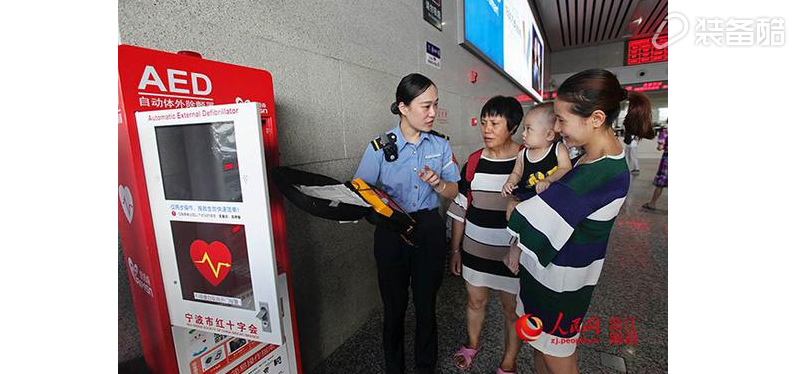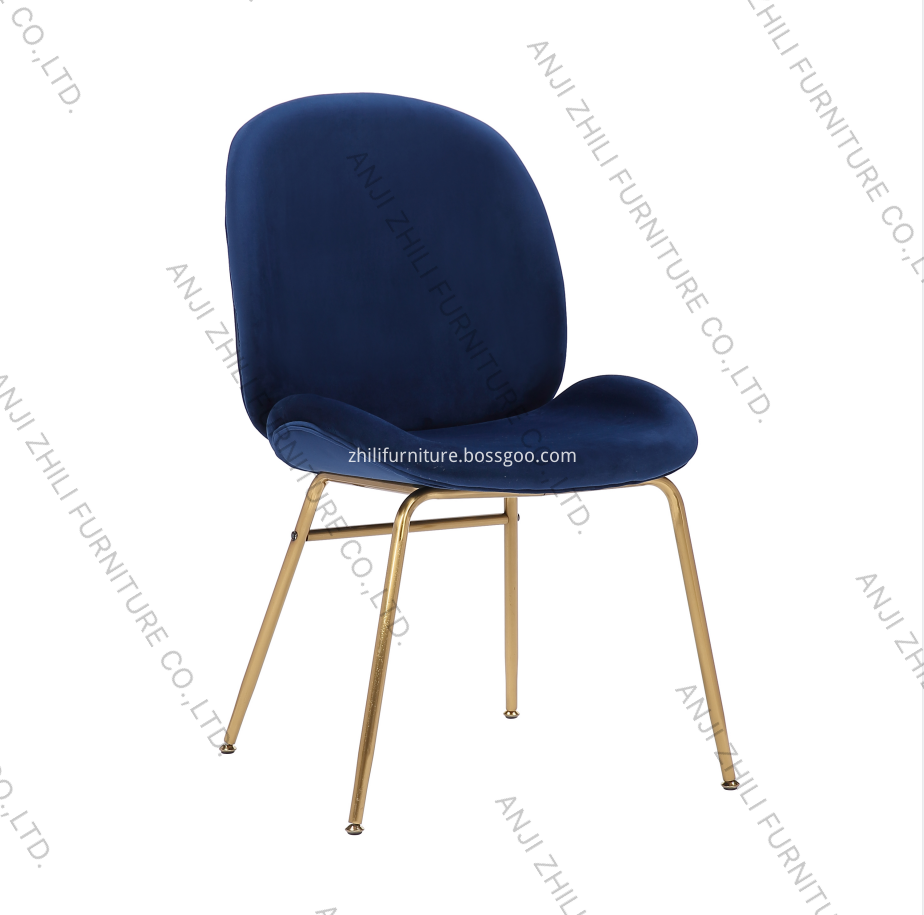An AED automatic external defibrillator installed at the Waiting Hall Service Desk at Hangzhou East Railway Station. Visual China map On August 29th, Wang Guolin, the former general manager of Shanghai Zhongyuan Club, suddenly lost his consciousness and died when he kicked the ball. The passengers attending the railway station Ningbo Station explained to the passengers how to use the AED.
2.Families and hotels are suitable for placing, it can make the overall style more perfect, and these dining chairs not only have high quality,but also have favorable price,they are more popular at the moment
3.The back and seat of this chair are comfortable that their foam have been thicken and the resilience is better.
Use the iron leg with gold plated,that make it is strong and beautiful.
And the leg is with 4 adjustable foot nails,that can be skid resistance and be wear-proof.
Dining Chair,Dining Room Table And Chairs,Dining Room Chairs,Dining Table And Chairs ANJI ZHILI FURNITURE CO.,LTD. , https://www.zlfurnitures.com
After the news broke out, while mourning, some netizens raised the issue of emergency equipment and measures for cardiac arrest from a professional perspective:
If China's public sports venues can all have AEDs (automatic heart external defibrillators), will the tragedy be greatly reduced?
So, what is the current penetration rate of AEDs in major sporting events and whether the general public can master AEDs?
Statistics show that about 85% to 90% of patients with cardiac arrest are ventricular fibrillation. The most effective way to treat ventricular fibrillation is to use AED for defibrillation. If you add CPR (cardiopulmonary resuscitation), the success rate is even higher.
In short, the AED can act as a rescue during the brief period of cardiac arrest in patients, thereby increasing the success rate of cardiac resuscitation.
AEDs in Europe and the United States have enjoyed rapid growth in the past 10 years. In many places, AEDs exist like "hydrants". 
In many public places abroad, AEDs are standard.
In the United States, AEDs are generally equipped in public places, museums, schools, and even small gyms. All states also specify the AED's equipment in legislation, and some states must have AEDs.
The penetration rate of AEDs in public places in Japan has increased rapidly since 2004, and there are data saying that it will reach 300,000 units in 2013.
According to incomplete statistics, in the 2016 China Marathon event, AED successfully rescued more than 10 cases of fall and sudden cardiac arrest.
So, whether the equipment is put into use and the AED is spread out over a large area, so that the problem of cardiac arrest can be solved once and for all? In fact, it is still far from enough.
At a minimum, continuous and in-depth efforts must be made in the promulgation of laws and regulations, popularization of ideas, professional training, and the establishment of standards in order to increase the success rate of cardiac resuscitation among patients undergoing sudden cardiac arrest. 
AED of Shanghai Pudong International Airport.
The first is the enactment of regulations.
This is in fact the inclusion of AEDs in local regulations. In this way, there is a basic guarantee from the sources of funds and equipment investment. In addition, the rescuer also has a certain exemption guarantee.
At present, six cities in Shanghai, Beijing, Ningbo, Hangzhou, Nanjing, and Shenzhen have introduced local regulations and regulations to encourage and protect some brave behaviors and dispel the public's fears that they will not be saved. For example, Article 17 of the “Ningbo City Civilization Promotion Regulations†clearly puts forward that citizens are encouraged to make emergency calls to those who need first aid, and provide necessary assistance.
Japan also stipulates that ordinary people who do not have the qualifications of doctors can also perform AEDs to rescue them. Even if the rescue fails, they will not be held responsible.
According to data, even if all the conditions are met, the success rate of cardiac arrest in patients with cardiac arrest is not even half (there is information that is 10%). However, if only relying on doctors, many cardiac arrest patients can't wait for the doctor during the "golden 4 minutes". 
Shenzhen Airport's AED.
The second is the concept of popularization.
That is, in the public, the popularization of AED is the concept of “benefiting all citizensâ€.
In fact, the AED used early international tour guides more frequently because the tour guides face tourists. In fact, many people do not know for themselves whether they have problems with their heart, or under what circumstances they are induced and have cardiac arrest.
With the deepening of the concept of AED benefiting all people, the AED naturally pushes away in densely populated public places. In other words, with the popularization of ideas, the popularity of the equipment has come true. 
It is extremely necessary to include AED training in teaching.
The third is professional training.
AED equipment is the basis, but more importantly people, people who use AED.
With equipment, there are no people who will use the equipment, or it is useless, which requires professional training of the public.
At present, domestic marathon events invite professional companies and institutions to conduct training, such as the American Heart Association's public emergency volunteers (AHA) certificate, etc., and provide 4-8 hours of training for emergency runners and medical service providers. Relevant certificates.
This kind of training also needs to be carried out on a regular basis, because the AED equipment for first aid is also updated in terms of updating, first aid procedures, requirements, etc. Therefore, such training actually has a large workload, and even if the public has a certificate, it needs to be renewed on a regular basis. Retrain.
In school, in fact, some teachers, such as physical education teachers, need regular training. In youth education, students also need to be trained.
In Japanese schools, AED training is included in teaching. In Hangzhou, there have been secondary schools that have begun to train junior high school graduates. 
The fourth is the establishment of standards.
Early AED equipment mainly came from France, Japan, Germany, the United States and other countries. In the future, if China's AED development enters the fast lane, the mass production of equipment will be imminent. It can be imagined that domestic production companies will catch up.
Then, the national standards for AED equipment; the standards for AED maintenance, use, and regular inspections also need to be introduced. There must be certain standards for the number of sites, the number of population sites, and the number of AEDs equipped.
Even the placement requirements of small AED devices need to be clarified. If the instructions are clear and eye-catching, even mobile APP software can be used to search for nearby AED locations.
It can be foreseen that AED is not only a problem of capital investment and equipment allocation, but also the supporting and teaching services behind it is the most important thing to save lives.  1.This category contains a variety of hot - selling dining chairs, style is also very good-looking, suitable for modern restaurants, are some of the best quality dining chairs.
1.This category contains a variety of hot - selling dining chairs, style is also very good-looking, suitable for modern restaurants, are some of the best quality dining chairs.
Sudden death from sports such a heart-saving artifact must be popular